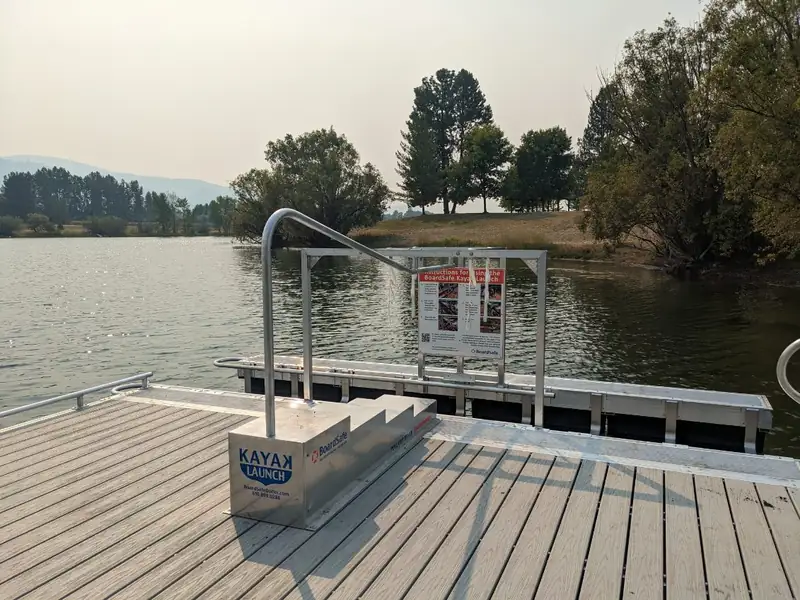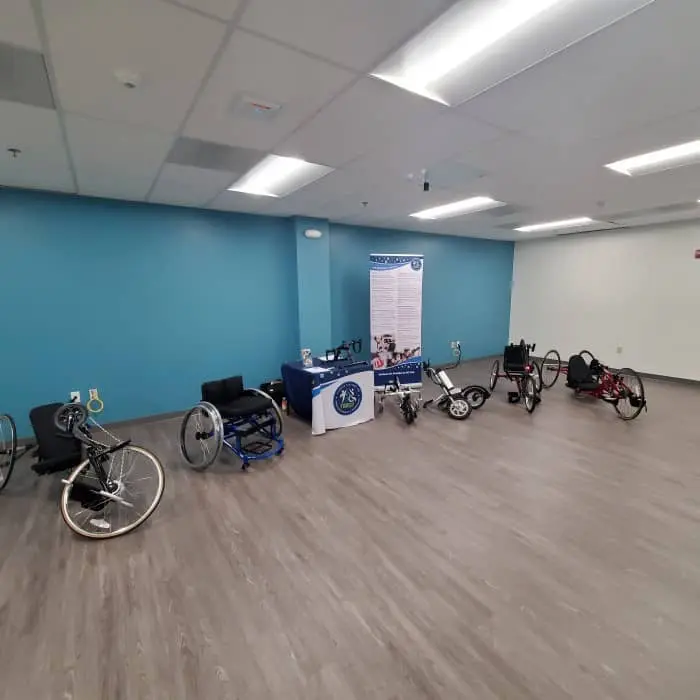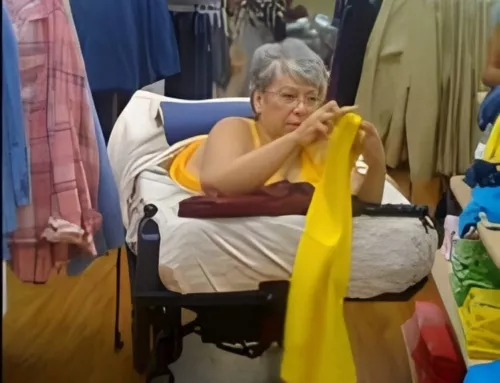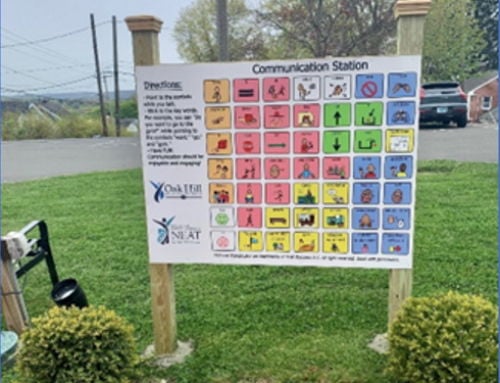Vermont AT Act Program’s Collaboration with the University of Vermont’s Occupational Therapy Doctoral Program

This guest blog post was written by Phillip Seiler, Program Director of Vermont’s Assistive Technology Program and Quinby McLellan, AT Specialist.
The Vermont Assistive Technology Program (VATP) continued their partnership with the University of Vermont’s inaugural doctorate program by inviting 16 second year occupational therapy students and several of their professors to our Waterbury, Vermont tryout center on October 25, 2023. Students toured the center, interacted with equipment in hands-on demonstrations, and learned about the services the assistive technology program provides for Vermonters.
The students and professors split into 2 smaller groups for the afternoon. Each group listened to an overview presentation about the assistive technology program led by director Phil Seiler and assistive technology specialist Ben Wimett and engaged in interactive stations led by assistive technology specialists Tracy Roux and Quinby McLellan.
Roux and McLellan set up higher tech stations to address students’ most recent classwork on adults with spinal cord and traumatic brain injuries. They demonstrated iPad switch control access with the Blue2 adapter and computer control with the PC eye for eye gaze access, Boomer foot mouse, Microsoft Hub, and Pretorian N-Abler and Blueline joysticks with switches. Programmed switches allowed for scrolling, dictation, app switching, and mouse clicks. Logitech’s Xbox controller and adaptive gaming kit also deserved a seat at the table.
Another station featured environmental control options, showcasing the Amazon Echo Dot and smart plug powering a popcorn maker and the Dewenwils Remote powering a light and blender. One student asked what environmental control options might be available for a gentleman who has limited speech and motor control. Roux offered the Amazon Alexa app on an iPad with the Blue2 for switch access as one method. Students learned about the many benefits and barriers of smart home technology.
Roux and McLellan also presented lower-tech ideas for the aging population and adults with physical disabilities. Tools for feeding, grooming and hobbies included the Gyenno spoon and fork for tremors, Active Hands general purpose and small item gripping aids and EaZy Hold grips. One student excitedly exclaimed that they had just done a presentation on the Active Hands gloves and even brought in a kayak paddle to demonstrate their function! Seeing and handling the small item gripping aid in person was empowering since they only had a picture to share with the class.
In anticipation of a toy hack day welding and outfitting toys for switch access and upcoming classwork on pediatrics, Roux and McLellan displayed switch adapted toys and set up an art station featuring the Guided Hands for drawing, and switch adapted spin art and scissors. Students listened to brief explanations of equipment before dispersing to explore the devices. AT specialists monitored each station to answer questions.
Students and professors also perused the A.T Exchange Reuse shelf and claimed a Tobii 4C Eye, ErgoRest forearm support, and retired joystick switch for the program and Giraffe with Fleximug for an individual’s father with quadriplegia.
Meanwhile, the A.T overview presentation not only highlighted the components and partnerships of VATP such as HireAbility VT (formerly VocRehab Vermont), Money Follows the Person, alternative funding, our AT newsletter series but also discussed broader themes around accessibility, affordability, and possible stigma related to using AT. Seiler and Wimett highlighted the intersectionality of speech, occupational and physical therapists’ roles with assistive technology team members. That the AT specialists devote time and energy to deeply researching the latest tools available as well as tracking discontinued assistive technology impressed the students. They discovered VATP can provide additional knowledge they may not have time to research themselves and serve them as a vital resource in their client work.
The partnership between UVM’s OT Doctoral Program and VATP will continue in the coming year with the OT program’s construction of an accessible model apartment on UVM’s campus for providing both hands on practical experience for the students as well as being a resource for the general public on AT and accessibility in daily life. VATP continues to provide our expertise and research in helping inform the new space. VATP will also be offering Level 1 fieldwork opportunities for OT students that wish to dig deeper into assistive technology. The students, faculty, and VATP staff all left the day feeling energized and keenly aware of how our work can support each other to provide freedom and accessibility to all Vermonters.
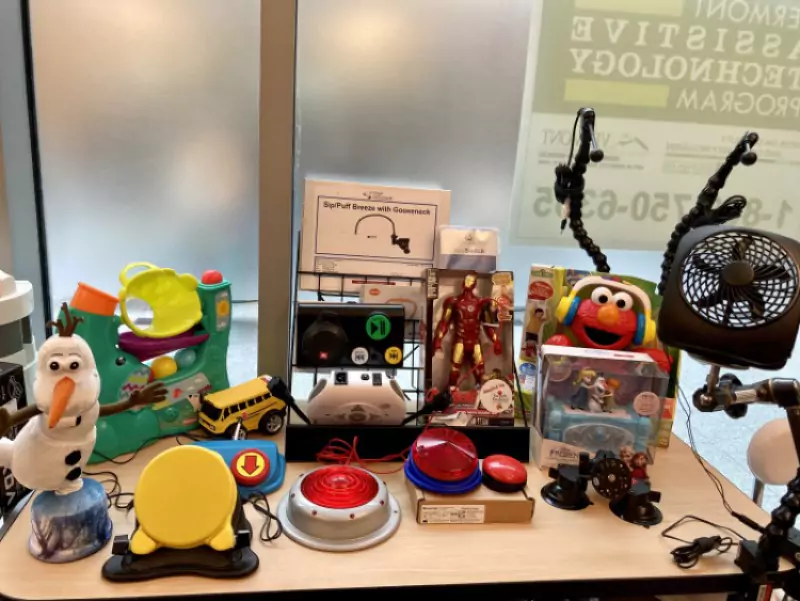
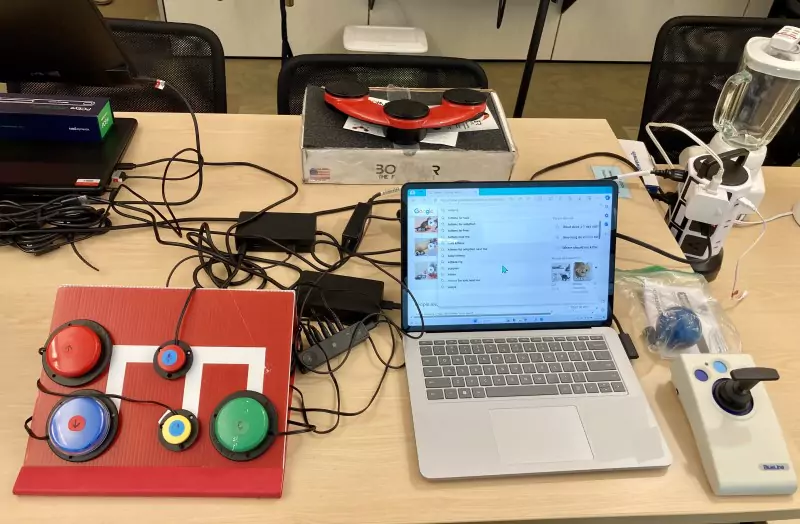
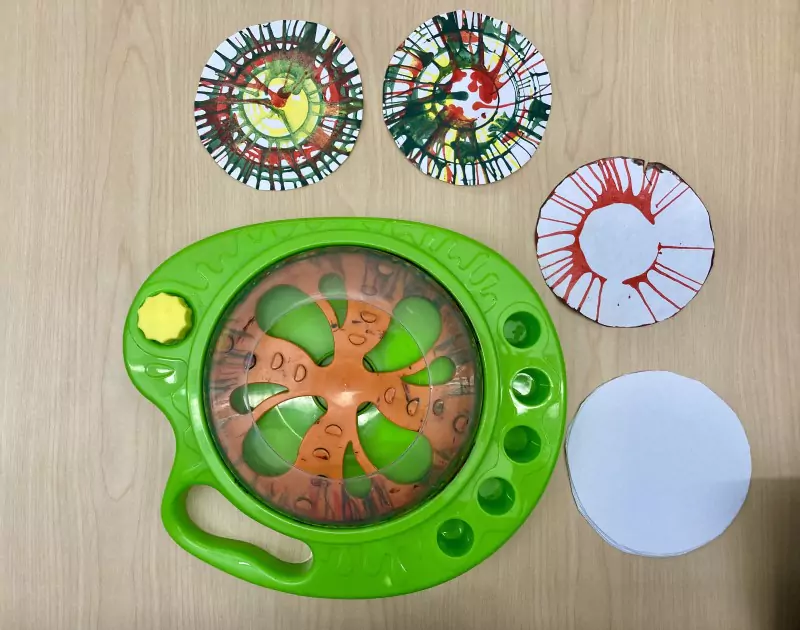
Monthly Blog Digest
Search the blog
State AT Program Blogs
California
Florida
Indiana
Kentucky
Louisiana
Maryland
Massachusetts
Michigan
Montana
North Carolina
North Dakota
Utah
State AT Program Blogs
The AT3 Center, the Association of AT Act Programs (ATAP), and the Administration on Community Living (ACL) make no endorsement, representation, or warranty expressed or implied for any product, device, or information set forth in this blog. The AT3 Center, ATAP, and ACL have not examined, reviewed, or tested any product or device hereto referred.

